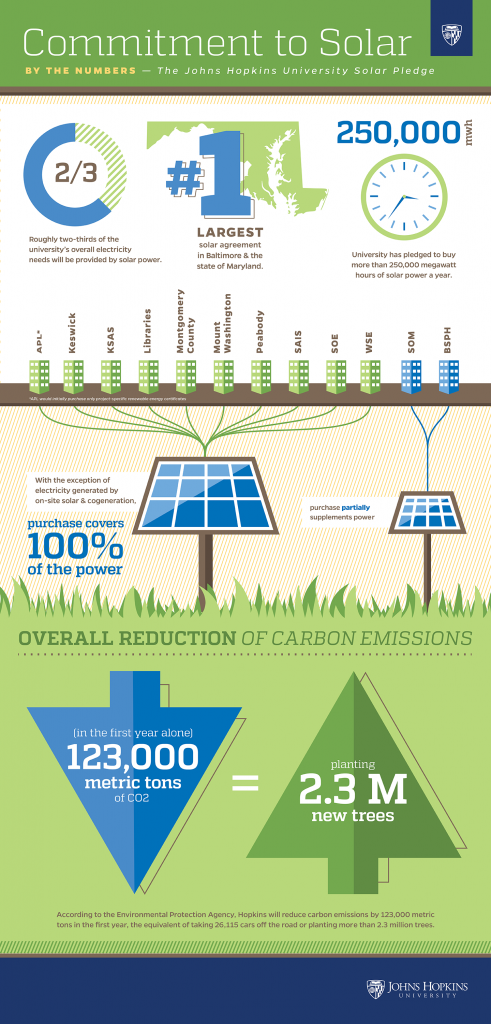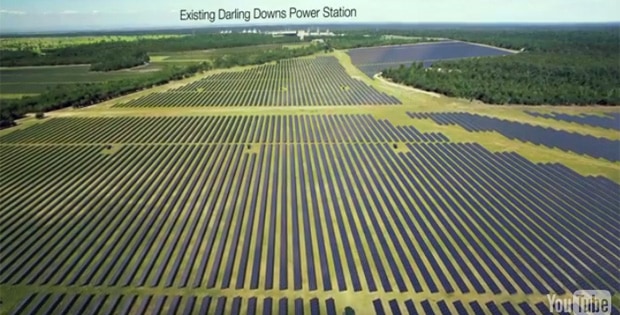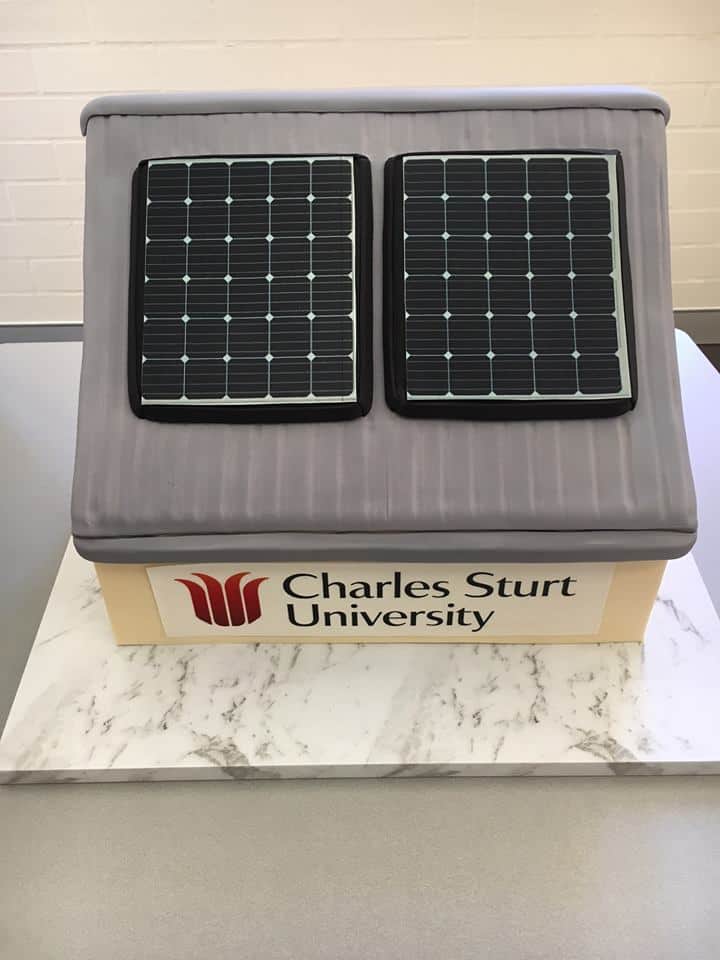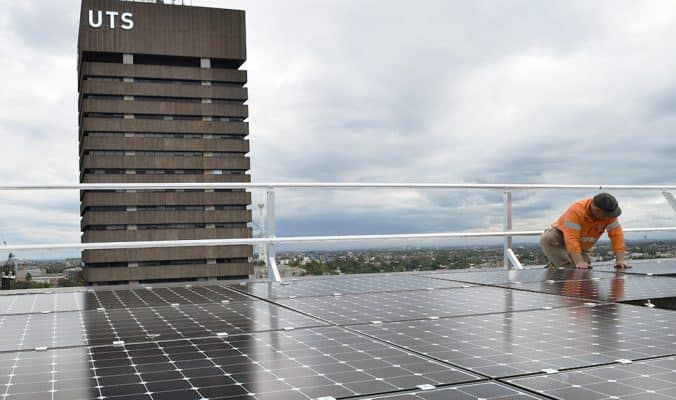Doping solar cells – Swinburne University have been making big improvements on their research in upgrading efficiency of perovskite solar cells. Let’s read more.
Doping Solar Cells | Perovskite Tech Upgrade!
Swinburne University have been working in conjunction with Wuhan University of Technology in China, the University of Melbourne, and the University of Adelaide. Their research is to do with ‘doping solar cells’ – using sunlight as a ‘healing process’ to improve cell efficiency and stability. ‘Doping’ perovskite solar cells with potassium is having a big effect on increasing stability and efficiency of the solar cells.
We’ve written extensively about the potential that perovskite solar cells could have – potentially overcoming Shockley–Queisser limit (33.7% at 1.34 eV) means that the theoretical conversion limit silicon based solar cells has could be improved upon.
As per Wikipedia, Perovskite tech has been moving along in leaps and bounds over the past 5 years:
Solar cell efficiencies of devices using these materials have increased from 3.8% in 2009[3] to 24.2% in 2019 in single-junction architectures,[4] and, in silicon-based tandem cells, to 28.0%,[4] exceeding the maximum efficiency achieved in single-junction silicon solar cells.
With the potassium ‘doping’, the sunlight starts to repair ‘interface traps’:
“Sunlight becomes a trigger for the positive formation of potassium bromide-like compounds, eliminating the interface traps and stabilising the mobile ions, thus resulting in improved power conversion efficiency,” Dr Weijian Chen, an early career researcher at Swinburne, noted in comments on the Swinburne website.
“This research contributes to the rationalisation of the improved performance and guides future design protocol of better solar cells.” Dr Xiaoming Wen, senior research fellow at Swinburne continued.
“The demonstrated solar cell characterisation methods are at the cutting edge, and will help our industry partners develop a new protocol for commercial perovskite solar cells.” Director of Swinburne’s newly founded Centre of Translational Atomaterials (CTAM), Professor Baohua Jia said about the technology.
If you’d like to read more, the research, funded by the Australian Research Council under the Discovery Project program, has been published in Advanced Energy Materials.





